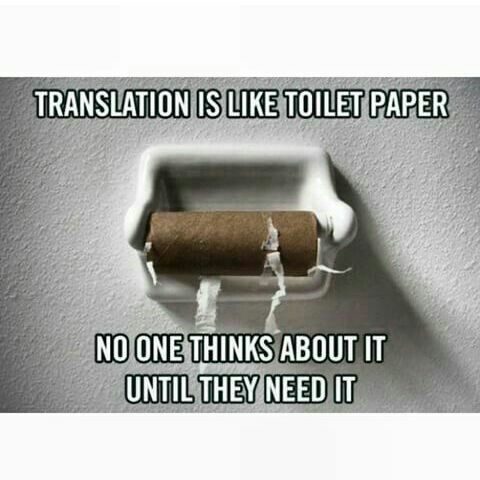New Year’s resolution? Going Global! Our team at TranslationsInLondon has put together a quick guide with the help of our translators to help you better navigate the industry.
Speaking your customers’ language is essential and with the help of an expert partner, you can optimise the translation process so that you and your company can save money and energy and reach more customers.
It can be tempting to want to write a beautiful, pastoral script for your company handbook or website copy, however it can also be the most challenging when trying to get your message across when translating between languages and reaching different cultures. Depending on your goal for the translation, there are different factors you will need to consider.
Your Over All Message
First off, you will need to narrow down what it is that you are trying to communicate to your reader. Spend some time thinking about your target audience and what their needs are, what issues you will need to address the most in order to make it as relevant to the reader as possible. Once you’ve pinned that down, communicate it as plainly and directly as you can for ease of translation. You might not be able to translate everything you have published due to budget constraints, so take the time to pare down the information to only the absolute essential for your readers.
Layout for Printed Materials
Managing the layout of your printed copy is crucial for keeping to a budget when writing for translation. Some things to consider is whether there are words within graphics that will not be accessible by the translator. Don’t embed the words inside the image so that it remains accessible. The size of area where words will be printed needs to be considered as some fonts translate into different sizes depending on the language. Graphics and images can be time-consuming and desktop publishing is an extra cost.
Your Written Text
Simple Text should be the name of the game here. Avoid using words and language that has double meaning as that can often be confusing for the translator and sometimes means different things in different cultures. For cost, word count plays a key role so keep your sentences to one idea, short and sweet. Refrain from using colloquial terms, slang, buzzwords, business jargon or acronyms whenever possible. Formal and grammatically correct language will be more commonly known by your translator.
Whenever possible, reuse blocks of text from one document to the next as it will also save you money on the translation and help keep things consistent in your writing. Remember to only provide proofread and edited final drafts to your translator in the source files. This means the original files from desktop publishing applications and all the accompanying graphics files. This way your translator will have all the information they need to translate the document correctly and give it back to you as you want to receive it in it’s final formatting.
Timelines for your Translation
Translation is a detailed and thorough process that requires time and continuous clarification from you for your translator to make sure they are conveying your intent and tone in their native languag correctly. Moreover, depending on the size of the project and how many languages there needs to be translation for, the project will become more complex and take more time. So have patience and reasonable expectations on the length of the project. For example, a relatively simple pamphlet may take only few days while a 500,000 word manual will take upwards of several weeks.
Translation is a tedious process that requires thoughtful understanding of cultural nuances in order to translate your message effectively. So with some thoughtful preparation you can make this process as smooth as possible for everyone.
Reach out to us today if you want us to help you to localise your content.


